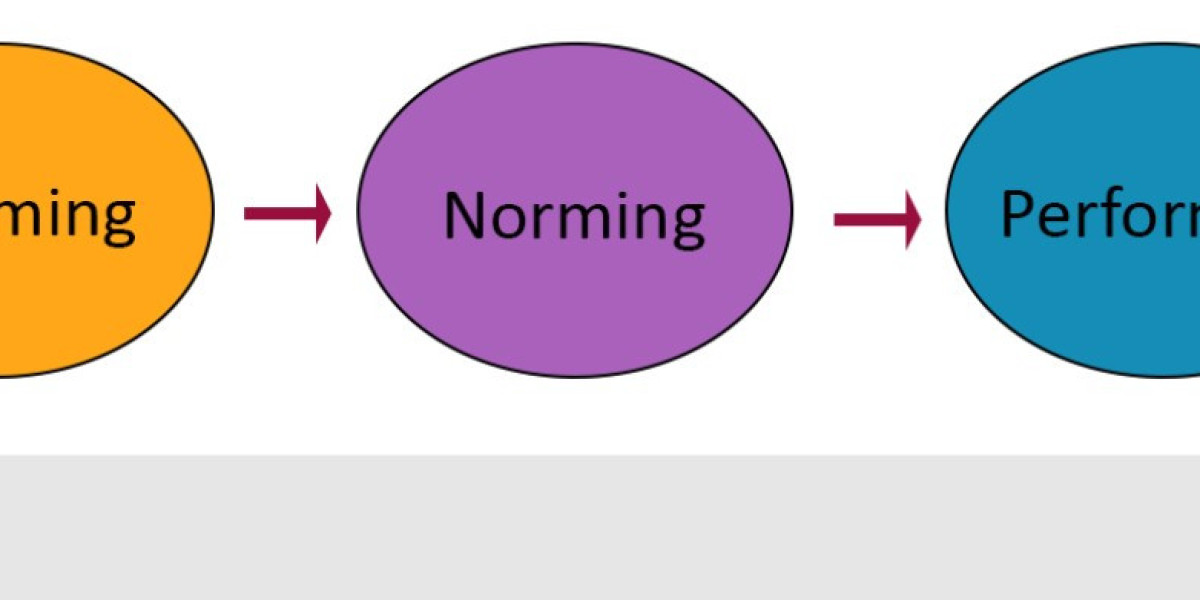Introduction
Groups are the backbone of collaboration, whether in work, education, or social contexts. Forming these groups efficiently is no longer a manual task, thanks to group formation platforms. These digital tools simplify the process of building and managing communities, ensuring everyone stays connected.
What is a Group Formation Platform?
A group formation platform is a software tool designed to help individuals and organizations create, manage, and organize groups. Whether for professional teams, clubs, or academic purposes, these platforms provide the tools to streamline the group formation process.
Why Group Formation Platforms are Essential
Creating and managing groups manually can be time-consuming and prone to errors. Group formation platforms automate these tasks, enhance communication, and foster a sense of collaboration. Whether you’re running a business or leading a classroom, these platforms make it easier to connect like-minded individuals.
Core Features of Group Formation Platforms
Intuitive Group Creation Tools
Make group formation simple and efficient.
Pre-set Templates: Ready-to-use group setups for quick deployment.
Customization Options: Tailor groups to meet specific needs.
User Management Features
Ensure smooth onboarding and member management.
Invites and Member Roles: Easily invite members and assign roles.
Profile Creation and Organization: Maintain detailed member profiles.
Communication and Collaboration Tools
Facilitate seamless interaction among members.
Messaging and Chat Features: Centralized communication channels.
Collaborative Document Sharing: Share files and work together in real time.
Analytics and Insights
Track group performance and member engagement.
Tracking Engagement: Monitor participation levels.
Measuring Group Success: Use insights to improve outcomes.
Types of Group Formation Platforms
Professional Platforms
Tools like Slack help businesses form and manage teams.Social and Community Platforms
Platforms such as Meetup focus on connecting people with shared interests.Educational Platforms
Software like Google Classroom supports group learning environments.
How to Choose the Right Group Formation Platform
Start by identifying your needs—whether it’s for business, education, or personal use. Look for platforms that offer scalability, integration with existing tools, and features that align with your goals.
Popular Group Formation Platforms
Slack: Ideal for professional teams.
Meetup: Perfect for community-driven groups.
Google Classroom: Designed for educational groups.
Benefits of Using a Group Formation Platform
Streamlined Group Formation
Automate the process of creating and managing groups.
Enhanced Member Engagement
Features like chat and collaborative tools keep members active.
Simplified Communication
Centralized platforms ensure that everyone stays connected.
Challenges in Using Group Formation Platforms
Adopting new technology can sometimes be challenging, especially for less tech-savvy users. Additionally, managing the diverse needs of group members may require extra effort.
Future Trends in Group Formation Platforms
The future of these platforms lies in AI-driven tools that can suggest ideal group compositions and provide advanced personalization. Expect to see deeper analytics and intuitive features.
Case Studies of Successful Group Formation
Organizations using Meetup have successfully organized events that bring people together based on common interests. Similarly, Slack has revolutionized how professional teams collaborate.
Tips for Effective Use of Group Formation Platforms
Encourage members to actively participate by sharing updates, hosting events, and promoting discussions. Regularly update the group with fresh content and activities.
Comparing Free and Paid Group Formation Platforms
While free platforms offer basic features, premium versions often include advanced tools like analytics, integrations, and customization. Evaluate your budget and group requirements before deciding.
The Role of Group Formation Platforms in Remote Work
These platforms have become indispensable for remote teams, enabling effective communication and collaboration across distances. They help replicate the sense of connection found in physical workspaces.
Conclusion
Group formation platforms are essential in today’s connected world. They streamline the process of bringing people together, improve collaboration, and foster a sense of community. Whether for work, education, or social purposes, these platforms can make a significant impact.
FAQs
What is the primary purpose of a group formation platform?
To simplify the process of creating and managing groups effectively.Which platform is best for professional use?
Slack is a top choice for professional teams.Are there free group formation platforms?
Yes, platforms like Google Classroom offer free versions with basic features.Can these platforms help with remote team management?
Absolutely, they are vital tools for remote collaboration and communication.What trends are shaping the future of group formation platforms?
AI-driven group recommendations and enhanced personalization are key trends.








